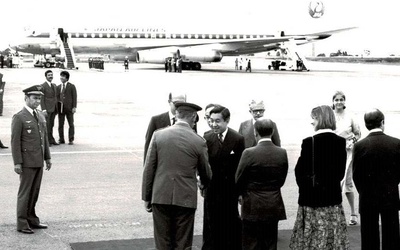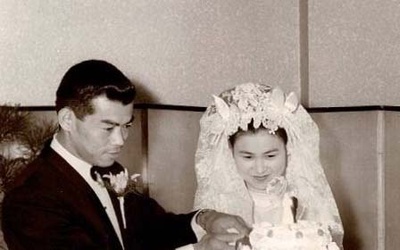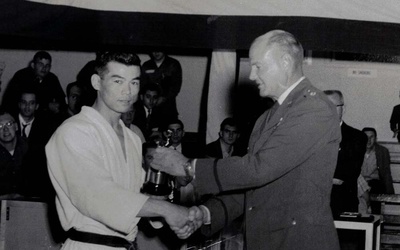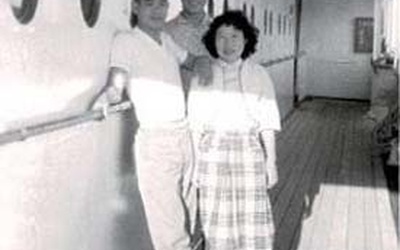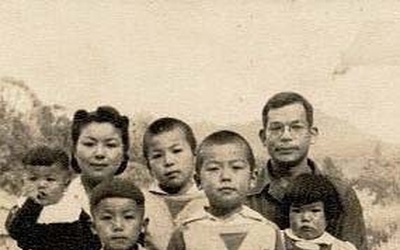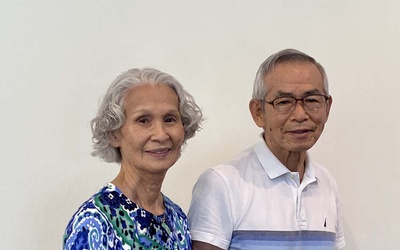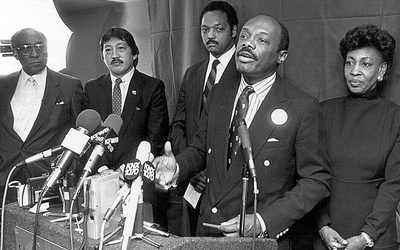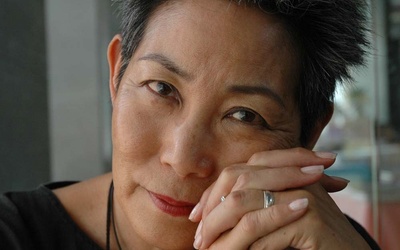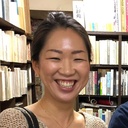
Masako Miki
Masako Miki is the Japanese Liaison Officer at the Japanese American National Museum, where she is responsible for marketing, PR, fundraising, and improving visitor services for Japanese people and Japanese companies. She is also a freelance editor, writer, and translator. After graduating from Waseda University in 2004, she worked as an editor at Shichosha, a poetry publisher. She moved to the United States in 2009 and served as deputy editor of the Japanese information magazine The Lighthouse in Los Angeles before assuming her current position in February 2018.
(Updated September 2020)
Stories from This Author
Toshiyuki Seino - Part 7: His days at JAL and induction into the Judo Hall of Fame
April 18, 2022 • Masako Miki
Read Part 6 >> Working at an airport often meant no weekends. Then in 1966, their son was born, and Toshiyuki and his wife Midori's lives became busier all at once. Even so, Toshiyuki would go out to the garden and continue practicing judo alone whenever he had time. In 1967, the World Championships were held in Salt Lake City, and Toshiyuki, representing the United States, placed fourth. "The last time I competed in a tournament was in 1970. I …
Toshiyuki Seino - Part 6: Discharge, employment, marriage
April 11, 2022 • Masako Miki
Read Part 5 >> Although judo took up the majority of Toshiyuki's life during this time, it was not all about it. During his three-month stay in Japan in 1960, he also had some important encounters. "The Kodokan was closed on the weekend, so I decided to visit my cousin in Kobe. At that time, Midori's older brother (who would later become my wife) told me, 'My younger sister is attending nursing school in Kyoto, so please come and meet …
Toshiyuki Seino - Part 5: Joining the U.S. Air Force
April 4, 2022 • Masako Miki
Read Part 4 >> Before we look at what happened to Toshiyuki after 1959, let's first trace the story of his family. Toshiyuki returned to the United States in 1956, and his parents and younger siblings returned to Los Angeles the following year in 1957. Around this time, the 1952 amendment to the immigration law limited immigration from Japan to 185 people per year, but this limit did not apply to family members of Japanese citizens. "My father worked in …
Toshiyuki Seino - Part 4: Returning to America and Starting Judo
March 28, 2022 • Masako Miki
Read Part 3 >> After a two-week voyage, he arrived in San Pedro, Los Angeles. He was picked up in a car and arrived in Denver in June 1956. After staying with his father's friend for about a week, Toshiyuki became a schoolboy in a white American's house. A schoolboy was a live-in housekeeper-like job that was often done by Japanese immigrant students in the past. The student rented a room in an American's house, did housework such as washing …
Toshiyuki Seino - Part 3: Returning to Japan from Tule Lake on a return ship
March 21, 2022 • Masako Miki
Read Part 2 >> At the end of 1945, the Seino family boarded the Gordon ship bound for Yokosuka from Portland, Oregon, and headed for Tsunuki, Kagoshima Prefecture, the hometown of his parents. Their new life in postwar Japan was one of scarcity, with not enough food, and the rural areas still lacking running water, so they had to draw water from a well. Toshiyuki entered the second grade at Tsunuki Elementary School. "I believe that at Toole Lake, the …
Toshiyuki Seino - Part 2: From the Lower Concentration Camp to the Tule Lake Concentration Camp
March 14, 2022 • Masako Miki
Read Part 1 >> The Seino family purchased a house in Hawthorne just before the war and ran a fairly large farm. However, in 1941, the Pacific War broke out. The following year, the family received a forced eviction order and had to leave their home and farm behind. After being sent to an assembly center built at Santa Anita Racetrack, Matsukichi and Fumiko, along with Shunichi, Toshiyuki, Tatsuo and their three young sons, were sent to the Lower Internment …
Toshiyuki Seino - Part 1: His father's immigration and his mother's return to Japan
March 7, 2022 • Masako Miki
When we hear the word "immigration," some may imagine someone moving from one country to another. In the immigration history of each country, the stories of people who settled there tend to be recorded, but the stories of people who moved back and forth, or moved between countries and regions, can sometimes be hard to see due to the cultures and languages in between. Living in both the Japanese and Japanese American communities in Los Angeles, and through my work …
Tracing the history of Japanese Americans through the relationship with African-American history: Part 4
Oct. 5, 2020 • Masako Miki
Read Part 3 >> Los Angeles riots amid systemic racism While efforts to rectify racial discrimination were gradually progressing, with the passage of the Civil Rights Act and the establishment of redress for the internment of Japanese Americans, under neoliberal policies, institutional racism that was deeply rooted in society continued to widen economic disparities both between and within races. Around the same time, the immigration law was revised in 1965, opening the door to immigration, and new immigrants from Asia …
Tracing the history of Japanese Americans through the relationship with the history of African-Americans in America: Part 3
Sept. 28, 2020 • Masako Miki
Read Part 2 >> Civil Rights and Asian American Movements In fact, in the 1960s, problems arose in the Japanese community, such as drug abuse among young people and social welfare for elderly Issei who were unable to rebuild their lives after returning from the internment camps and lived in poverty. However, these issues were ignored in the Japanese community, which was supposed to be a "model minority," which only made the problems worse. One of the social workers …
Tracing the history of Japanese Americans through the relationship with African-American history: Part 2
Sept. 21, 2020 • Masako Miki
Read Part 1 >> From Little Tokyo to Bronzeville When war broke out between Japan and the United States in 1941, suspicion fell on Japanese immigrants and Japanese-Americans of Japanese ancestry. Immediately after the attack on Pearl Harbor, the Issei, who were considered to be leaders in the Japanese community, were arrested, and the following year, in 1942, all approximately 110,000 Japanese-Americans living on the West Coast were sent to internment camps built in remote wilderness and swamps. There was …

